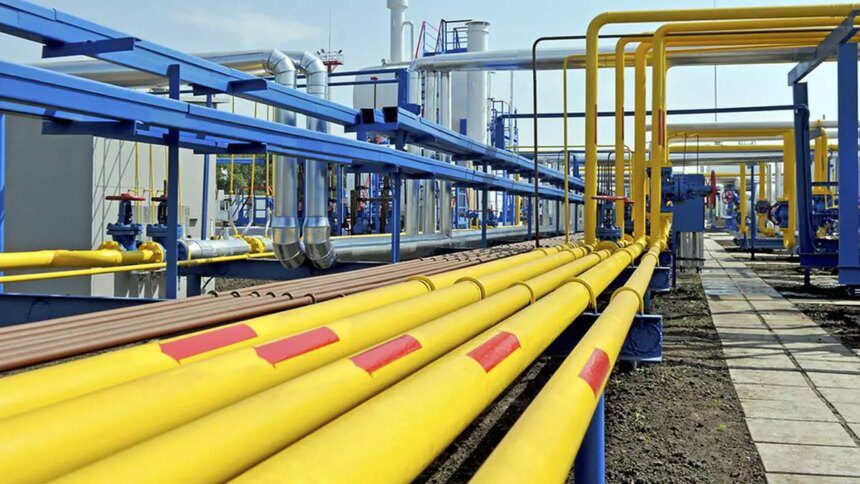Wood Mackenzie has projected that India’s natural gas production will hit its peak in the current calendar year before declining at an annual rate of 3.6% until 2030. This decline is expected to lead to an increase in imports as India becomes the world’s third-largest importer of LNG by 2032, following China and Japan.
According to the consultancy, domestic gas production in India is set to increase by 4.5% and peak in 2025, followed by a decline of 3.6% annually over the next five years. Beyond 2030, production is forecasted to decrease by 9% annually until 2040 due to the exhaustion of mature fields and slower discoveries.
Wood Mackenzie noted that the implementation of the Oilfields (Regulation and Development) Amendment Bill introduced in August 2024 could potentially change this narrative by increasing investment in oil and gas exploration and production. Key discoveries in ultra-deepwater fields could transform India’s gas landscape if supported by favorable policies and efficient project execution.
On the import front, India’s LNG imports reached 26 million tonnes per annum in 2024, accounting for more than half of the country’s gas consumption. The demand for LNG is expected to continue rising, exceeding 37 mtpa by 2030 and 88 mtpa by 2050 as domestic production declines. By 2032, LNG is projected to make up two-thirds of India’s gas consumption, making it a major importer in the global market.
The report also highlighted the significant growth in industrial gas demand, primarily driven by the fertiliser and refinery sectors. The city gas distribution (CGD) sector is expected to see substantial growth, increasing its share of the gas consumption mix to 32% by 2030.
In conclusion, Wood Mackenzie emphasized the importance of securing long-term LNG contracts to meet the growing demand in India. The country’s industrial and residential sectors are likely to drive further growth in gas consumption, requiring a strategic approach to ensure energy security in the future.










